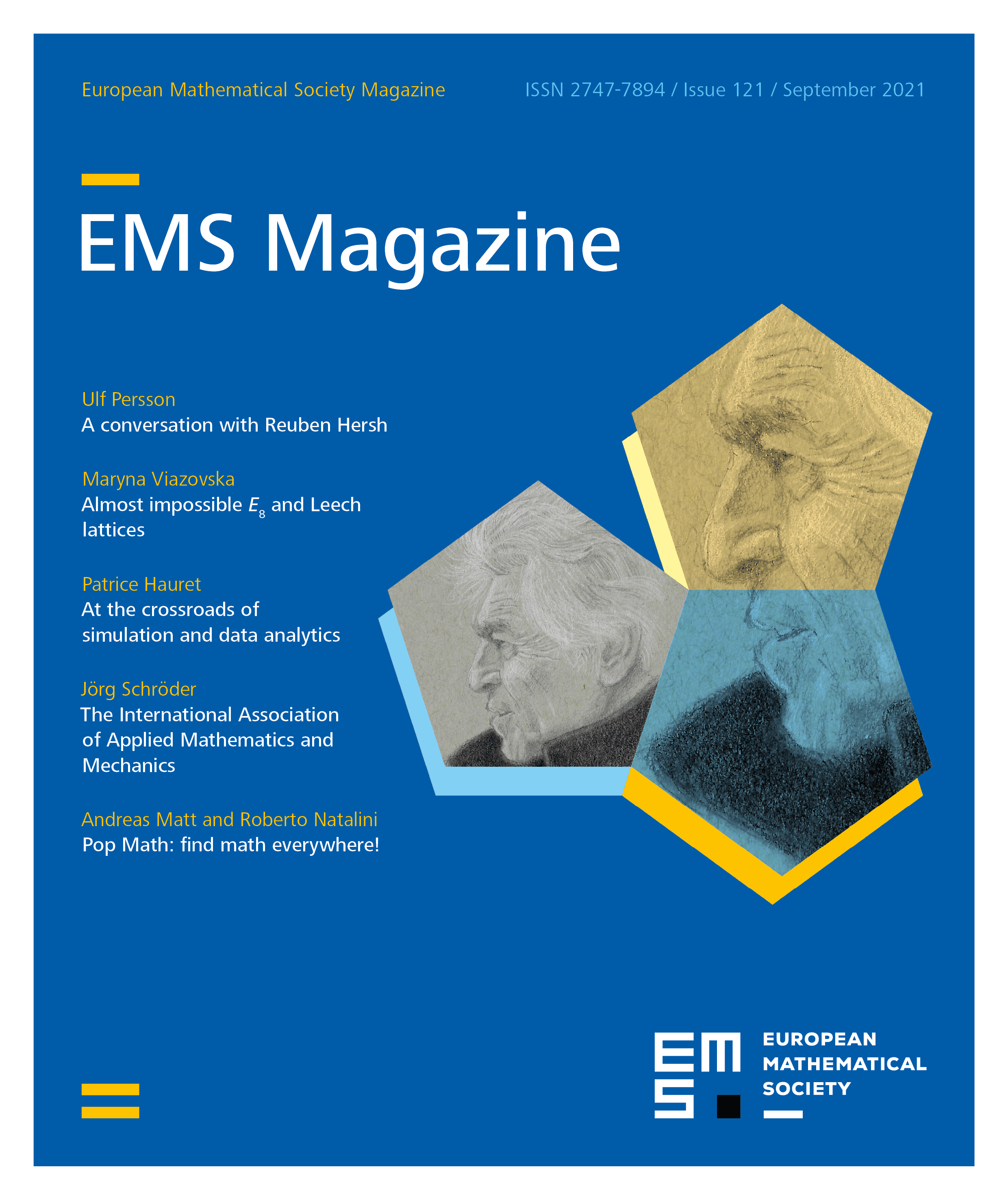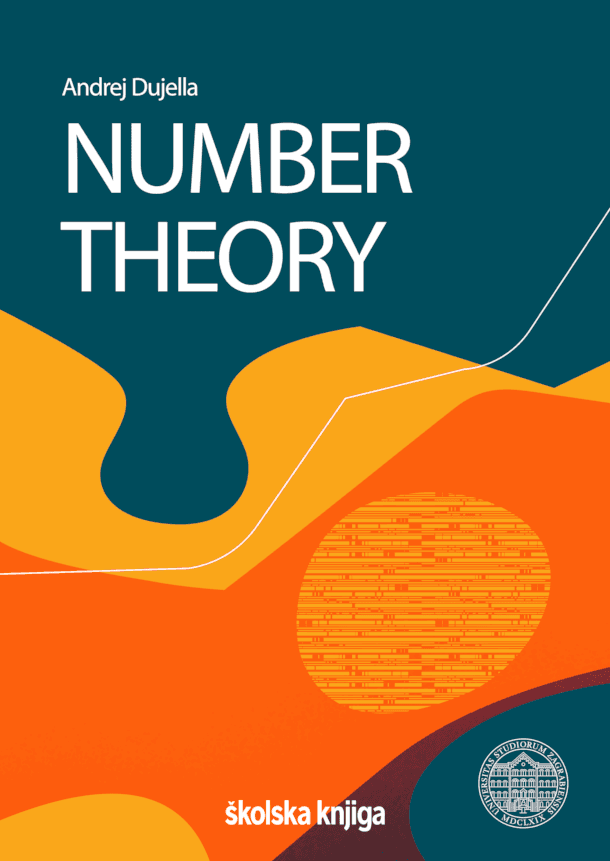All rights reserved.
As a student of Number Theory, I really appreciated the famous book of G. H. Hardy and E. M. Wright, while some of my friends frequently mentioned the book of Z. I. Borevich and I. R. Shafarevich. Of course, even these two books did not cover the whole (huge) field of Number Theory, and several other excellent books could be cited as well. More recently, many books have been devoted to (parts of) this vast field whose characteristic is to be both primary and not primary (pun intended). The meaning of the expression “Number Theory” itself has changed over time – partly because the domain has exploded – to the point that some contemporary authors now refer to “Modern Number Theory” …
A very recent book, entitled Number Theory and based on teaching materials, has been written by A. Dujella. Devoted to several subfields of this domain, this book is both extremely nice to read and to work from. It starts from primary results given in the first three chapters, ranging from the Peano axioms to the principle of induction, from the Fibonacci numbers to Euclid’s algorithm, from prime numbers to congruences, and so on. Chapter 3 ends with primitive roots, decimal representation of rationals, and pseudoprimes. Chapters 4 and 5 then deal with quadratic residues (including the computation of square roots modulo a prime number) and quadratic forms (including the representation of integers as sums of , , or squares). Chapters 6 and 7 are devoted to arithmetic functions (in particular, multiplicative functions, asymptotic behaviour of the summatory function of classical arithmetic functions, and the Dirichlet product), and to the distribution of primes (elementary estimates for the number of primes less than a given number, the Riemann function, Dirichlet characters, and a proof that an infinite number of primes are congruent to modulo when ). Chapter 8 deals with first results on Diophantine approximation, from continued fractions to Newton approximations and the LLL algorithm, while Chapter 9 studies applications of Diophantine approximation to cryptography (RSA, attacks on RSA, etc.). Actually two more chapters are devoted to Diophantine approximation, Chapter 10 (linear Diophantine approximation, Pythagorean triangles, Pellian equations, the Local-global principle, …) and Chapter 14 (Thue equations, the method of Tzanakis, linear forms in logarithms, Baker–Davenport reduction, …). Chapters 11, 12, and 13 deal with polynomials, algebraic numbers, and approximation of algebraic numbers. The book ends with Chapters 15 and 16 which cover elliptic curves and Diophantine problems.
This quick and largely incomplete description clearly shows that this book addresses many jewels of number theory. This is done in a particularly appealing way, mostly elementary when possible, with many well-chosen examples and attractive exercises. I arbitrarily choose two delightful examples, the kind of “elementary” statements that a beginner could attack, but whose proofs require some ingenuity, namely the unexpected statements 4.6 and 4.7:
Example 4.6. Let be a prime number. Prove that there are two consecutive positive integers that are both quadratic residues and two consecutive positive integers that are both quadratic nonresidues modulo .
Example 4.7. Let be an integer of the form and let be a set of integers such that is a perfect square for all such that . Prove that all numbers are even.
The book also comprises short historical indications and 426 references. It really made me think of my first reading of Hardy and Wright, and I almost felt regret that I cannot start studying Number Theory again from scratch, but using this book! I highly recommend it not only to neophytes, but also to more “established” scientists who would like to start learning Number Theory, or to refresh and increase their knowledge of the field in an entertaining and subtle way.
Textbook of the University of Zagreb, Školska knjiga, Zagreb, 2021, 621 pages, translated by Petra Švob, ISBN 978-953-0-30897-8
Cite this article
Jean-Paul Allouche, Book Review: “Number Theory” by Andrej Dujella. Eur. Math. Soc. Mag. 121 (2021), pp. 54–55
DOI 10.4171/MAG/43
